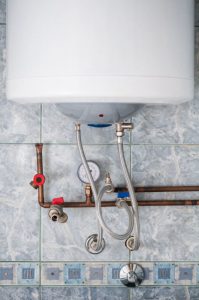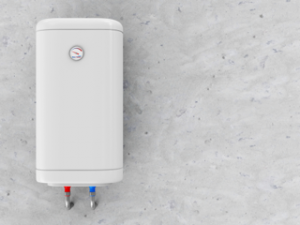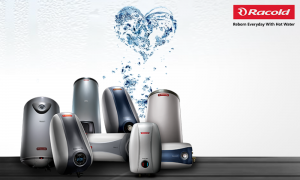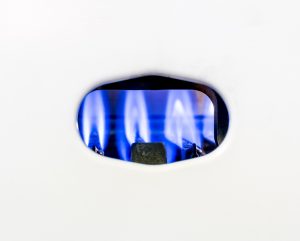Pumping systems without overhead tanks can significantly increase electricity bills of a group housing society
A few months back we got a call from the management committee of a luxury residential complex in Mumbai to help them on their very high electricity bills. Surprisingly their common electricity bills were so high that their monthly maintenance bills were as high as what a family would pay as rent in any other society in the city. On a walk through audit we found that although the lighting used in the complex was most efficient, what was causing high electricity bills was the hydro-pneumatic pumping system that was installed in the building. It is a system without an overhead tank, and the reason given to the society for not having an overhead tank was that the building lies in an earthquake prone zone. The intent of this article is to explain the differences between hydro pneumatic and a regular gravity based pumping system and also to alert the buyers of a new flat to check the same to prevent high electricity bills.
What is a Hydro Pneumatic or pressure booster pumping system?
A hydro-pneumatic pumping system has a ground level storage tank instead of an overhead storage tank. Pressure sensors are installed at various parts of the plumbing in a building that make sure that there is a constant pressure of water everywhere. Whenever a sensor senses that the pressure is low, the pump close to the ground level storage tank starts and pushes the water up to the level where it is required. It maintains the same pressure everywhere.
What is traditional gravity based storage system?
Traditionally most high-rise buildings have a water storage tank at the top. Pumps installed at the bottom of the building push the water to the overhead tank. The pumps are run for a few hours a day to ensure that the water is adequate in the overhead tank. If right size pump is used for a given load the pumps can run close to the best efficiency point during the time of operation. The distribution of water from the overhead tank to the houses happens though gravity (or the weight of water) and there is no electricity required for the same.
Challenges with a Hydro-Pneumatic pumping system
At a high level a hydro pneumatic system looks neat and sophisticated but the problem is with the efficiency of the system. In the building we evaluated, every time anyone opened a tap for water or used water in the bathroom, the pumps got switched on. We observed that it started and stopped almost every 2 seconds. Any pump takes higher current to start up (6 to 7 times more than stable operation) and since the pumps were starting very frequently, the electricity consumption was very high. Extra energy is also required to achieve constant pressure across the building. (source: energy manager training)
The other drawback of such a system is that it will not work in places where there are frequent power cuts. Although there are pros and cons of both the systems as listed on this link: wiki answers, from an energy efficiency perspective, a hydro pneumatic system is just too expensive to operate. The owners of the flats in the building we visited do not have any other option now but to operate it as it is. But had they known about it earlier, they would have probably made a different decision.
Source of Information
http://wiki.answers.com/Q/Difference_between_Hydropneumatic_and_Gravity_system_of_water_supply
http://www.energymanagertraining.com/Journal/24092005/Domesticpumpingandplumbing.pdf
About the Author:
Abhishek Jain is an Alumnus of IIT Bombay with almost 10 years of experience in corporate before starting Bijli Bachao in 2012. His passion for solving problems moved him towards Energy Sector and he is keen to learn about customer behavior towards Energy and find ways to influence the same towards Sustainability. More from this author.





